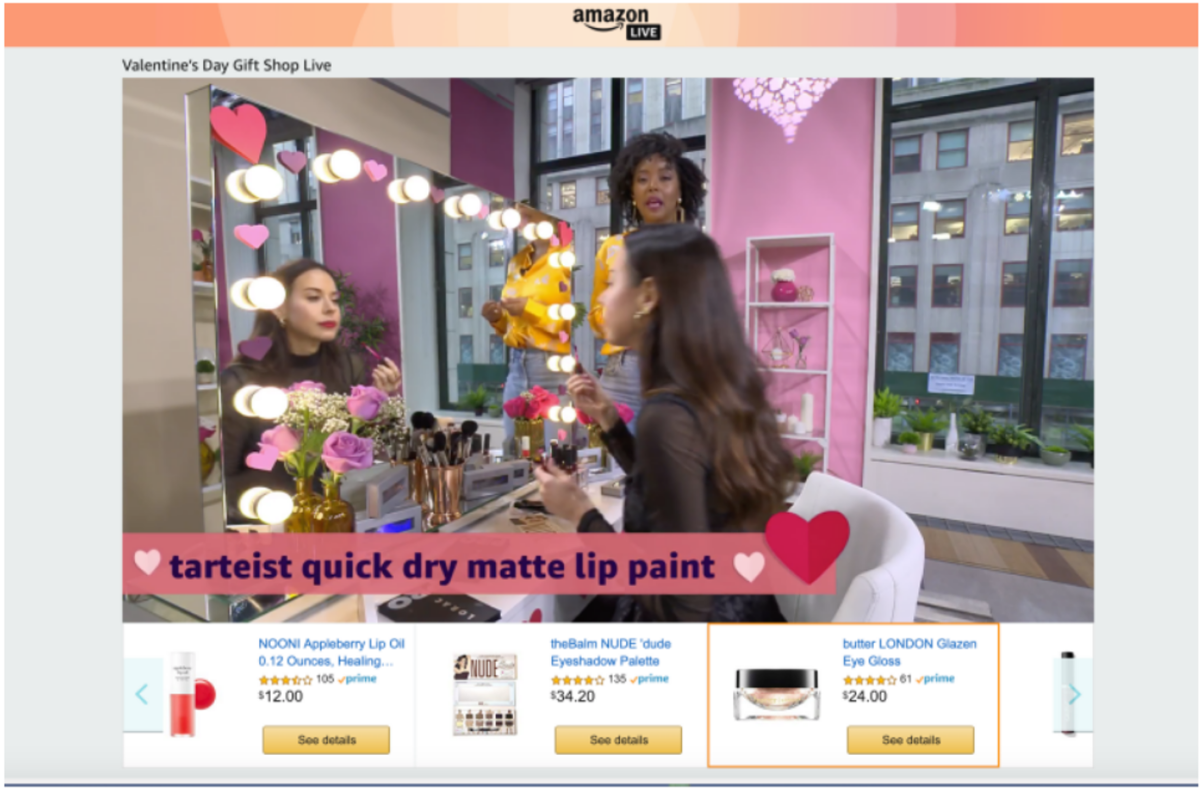This article is provided by BRC Associate Member, Ciklum.
__________________________
Author: Irina Vasilenko, Product Manager, Retail and eCommerce, Ciklum. Irina has over eight years of experience in product management in different domains, including Retail and Digital Commerce, MarTech, FinTech. Seven years of digital marketing experience. SAFe 4 PO/PM. Irina is a manager of such Ciklum products and solutions as Sales Booster, Loyalty, Retail Unified Commerce Kit.
In the year since the Covid-19 pandemic first emerged around the world, it has become increasingly clear that the retail sector is set on a path to a new “normal”. Trends accelerated by the pandemic are largely here to stay, and technology is driving transformation in the industry. This article will consider how the role of tech can further impact the future of retail, and will outline some of the most in-demand technologies that are experiencing growth as a result of the pandemic.
1. Artificial intelligence (AI) in logistics and delivery
Using its anticipatory shipping process, Amazon’s AI-based technology forecasts when a customer is most likely to order a particular product and moves the item to a local warehouse ahead of time, ensuring that it is ready to be delivered as quickly as possible. Amazon also tracks item locations using сomputer vision technology to create an optimal delivery route, and the retailer’s flexible delivery courier service, Flex, uses AI to coordinate one-hour deliveries.
2. Virtual reality (VR) and augmented reality (AR)
Attending a concert or visiting a museum - virtual reality (VR) can make it happen by using cutting-edge technology. VR can not only address consumers’ desire for culture, but also help grow retailers’ audiences globally. Augmented reality (AR) also helps bridge the gap between the virtual and real worlds, by transforming digital goods into living e-commerce products. To date, several major companies have already integrated AR into its shopping applications, including eBay’s 2016 virtual department store and IKEA’s 2017 AR-enhanced e-commerce application. To help visualise virtual products, Amazon AR View allows users to virtually measure spaces and see how furniture looks in a real room using a smartphone camera. From cosmetics to eyewear, AR can help consumers visualise the look of a product.
3. Video
The average user spends over 3.7 hours a day engaged with a smartphone, and the majority of that time is spent watching videos. App Annie, the app analytics and app data industry standard
Video shopping is an emerging trend that allows consumers to communicate with a seller via video through an online shopping channel. Intended to replace a trip to the store, video shopping makes it possible to consult with a shopping expert, browse inventory or get detailed product information before making a purchase. According to Hubspot, viewers watch live videos up to eight times longer than on-demand videos, delivering captivating content that keeps viewers engaged.
Amazon Live brings a QVC-like shopping experience into the digital world through live product presentations. Image: Techcrunch
4. Digital fashion
Since Covid-19 has sharply reduced the number of large in-person gatherings throughout the world, the fashion industry has been forced to rethink its tried and tested model of catwalk events, and instead to explore new ways of using technology.

Image. The Fabricant features runway-inspired designs that only exist in the virtual world, and produce digital fashion concepts that can be placed on virtual models.
As a waste-free method of prototyping, fashion houses can design stunning new looks without having to sew physical samples or coordinate live events. Not only can some of these designs be showcased across social media platforms, but designers can also create and market new products without having to waste excess fabric or gather for large events.
5. Building unique digital products
Consumer behaviours are constantly evolving; what’s trending today might not work tomorrow and nobody quite knows what 2022 holds for the retail sector. Retailers have to move fast when it comes to digital products and experiences, and this need to adapt is accelerating the trend of a product-centric approach to digital offerings.
Increasingly, large-scale retailers prefer their own technological developments, creating solutions specifically tailored to their needs in a more cost-effective way.
By partnering with a digital solutions company that provides the experience and resources needed, retailers can cater to the specific needs of their customers and save resources on adapting ready-made solutions. Retailers then don’t need to wait for vendor updates and product releases of the latest technology tool - they can act quickly on their feet to make sure they stay ahead of the curve.
2021 and beyond
Although many of the emerging retail habits were already in place before the pandemic - shopping local, online, or in an AR environment - the reach of these trends has greatly accelerated as consumers were forced to make more purchases from the comfort of their home. Covid-19 aside, retail companies must remain as flexible and vigilant as possible in order to create future-proofed experiences that will enable them to grow and face future challenges.